Don't miss out on the opportunity to listen and download this episode's mp3 for free from my podcast. Click the link and start listening now!
SUMMARY
- Are you a teacher looking for a new adventure in your career? Have you ever considered instructional design? Although the transition from teaching to instructional design is not widely known, it can be a great career path for teachers who possess transferable skills.
- As a teacher, you have developed many skills that are relevant to instructional design. For example, you are skilled in analyzing learners' needs, writing objectives or goals, developing curriculum, creating learning activities, developing test items, evaluating test scores, facilitating discussions, and leveraging motivation to engage learners. These are all skills that instructional designers use on a regular basis.
- There are many reasons why teachers are well-suited for the field of instructional design. First, teachers are skilled in using technology, which is crucial in the field of instructional design. Second, teachers are resourceful and can produce materials on a low budget, which is a valuable skill in this field. Third, teachers are great at time management, which is essential when designing learning and meeting project deadlines. Fourth, teachers have excellent communication skills, which is essential when working with subject matter experts and leading a project. Fifth, teachers are flexible, which is necessary when juggling multiple projects simultaneously. Sixth, teachers have a love of learning, which is necessary in the constantly evolving field of instructional design.
- So what exactly does an instructional designer do? Instructional designers write learning objectives, organize content, revise and rewrite scripts, create instructional materials, develop audio and visual media, storyboard content, plan and create learning activities and assessments, and create visual aids and instructor guides. Teachers who are more tech-savvy may be great at recommending and supporting the learning management systems used by many companies.
- To become an instructional designer, you need to be knowledgeable about instructional design models and be able to create courses using different delivery methods. Teamwork and time management skills are also essential since instructional designers work with subject matter experts and developers. It's important to familiarize yourself with the new instructional design language and get savvy with instructional design tools to land your first projects and start building a portfolio.
- To transition into the field of instructional design, you need to conduct research, join social media groups related to instructional design, find a mentor and take online courses, and build a portfolio. The eLearning Instructional Design for Beginners community is a hands-on program that teaches everything needed to be successful in instructional design.
- In conclusion, instructional design is a great career path for teachers who are looking for a new adventure in their career. Teachers possess many transferable skills that are relevant to instructional design, making it an easy transition. By conducting research, taking online courses, and building a portfolio, you can make the transition into instructional design and start building a successful career in this exciting field.
INSPIRATIONAL QUOTES
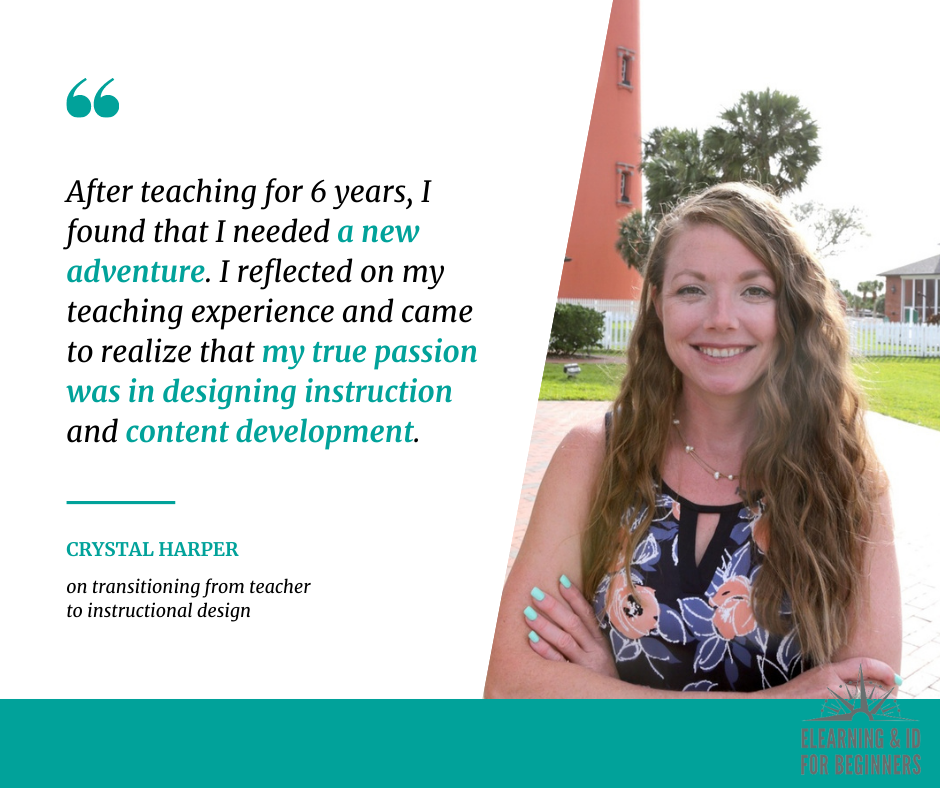
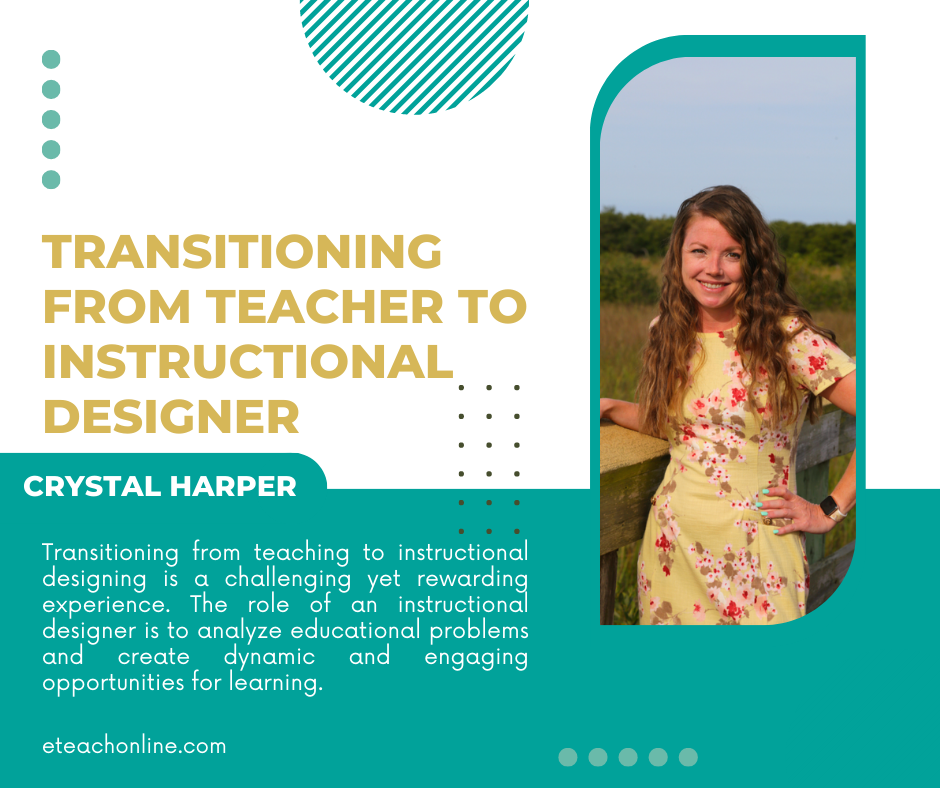
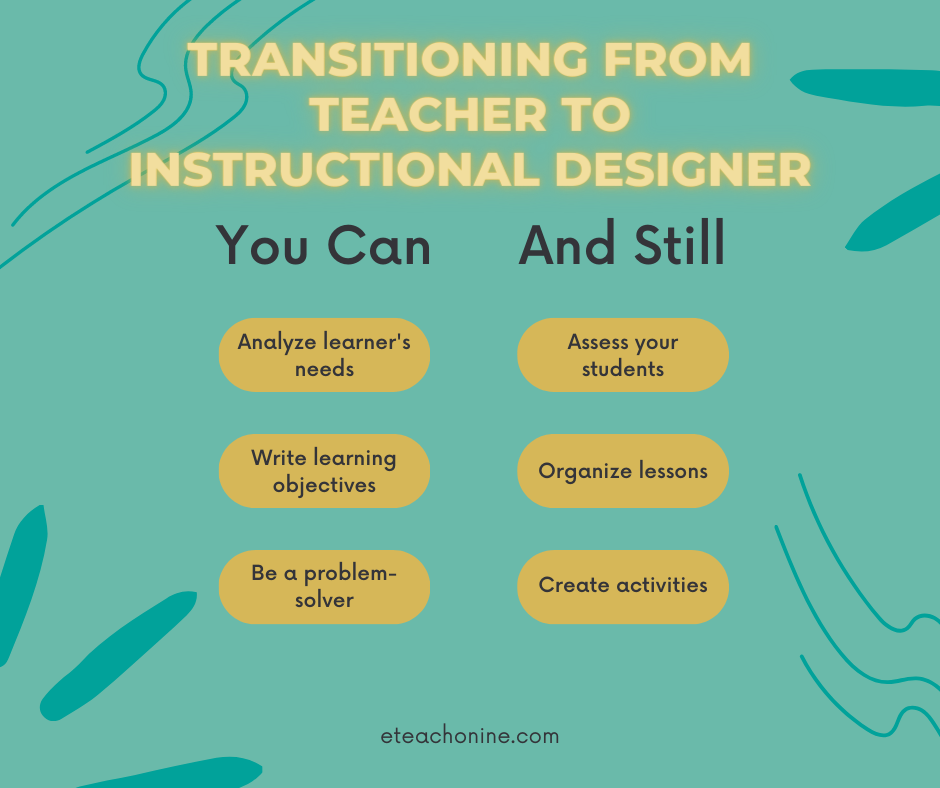
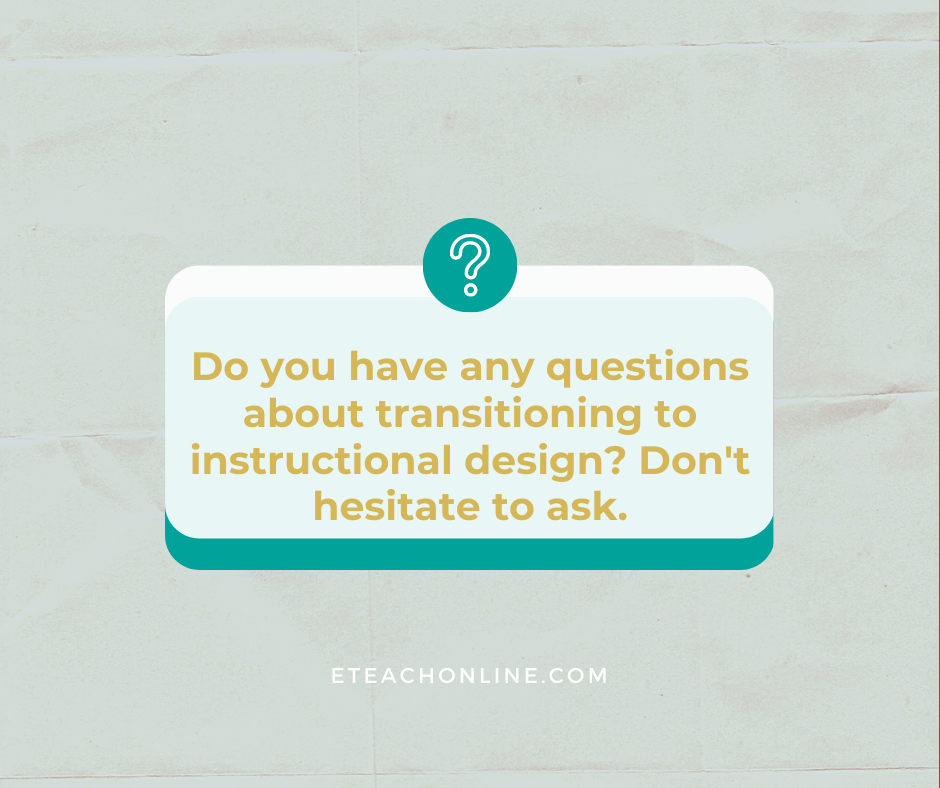
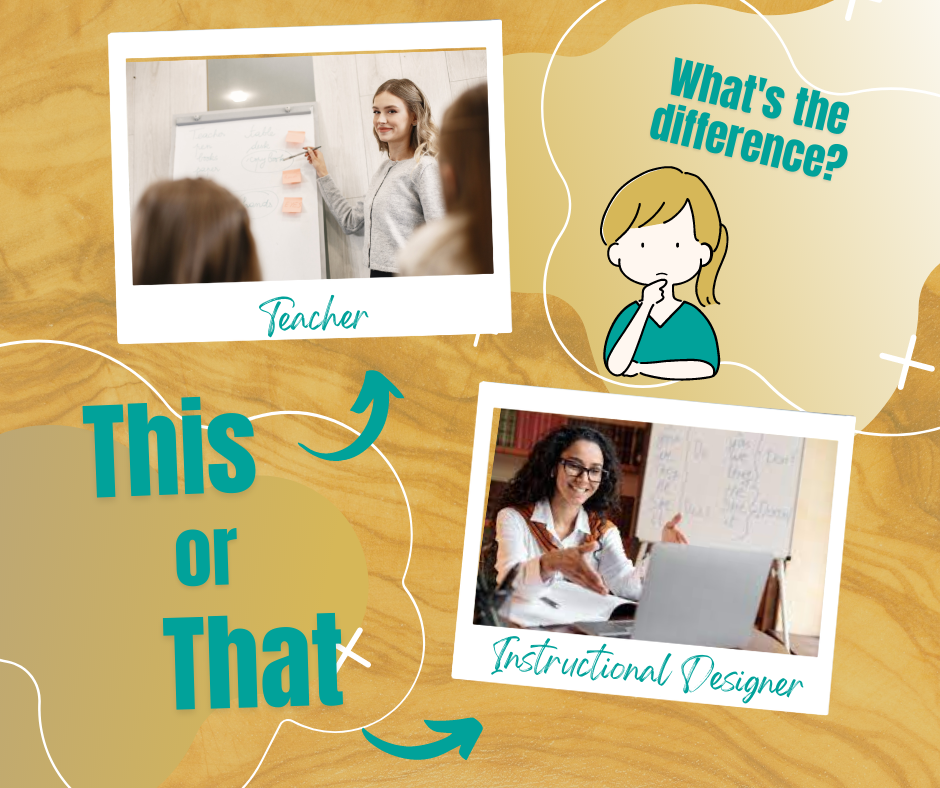
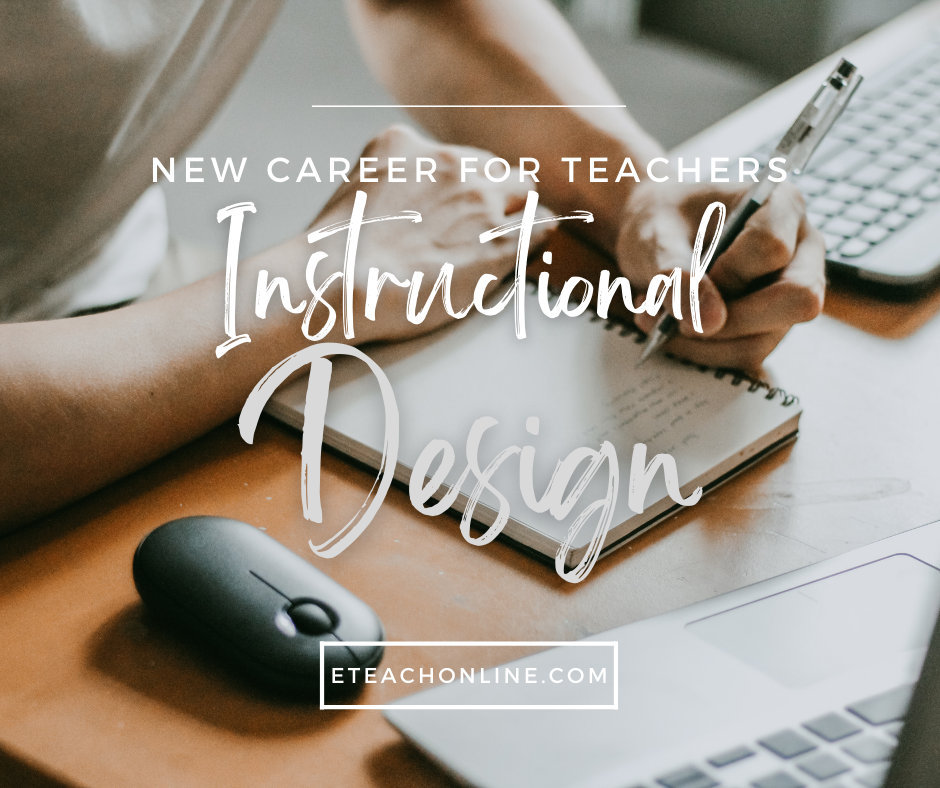

TRANSCRIPT
Hey everyone, Crystal Harper here from eteachonline.com. And today's topic is going to be for teachers who are transitioning into instructional design. But more specifically, I will discuss with you why instructional design is a good fit for teachers, skills that teachers and instructional designers have in common. And then I will go over in detail how to transition from teaching to instructional design. So if you are most likely a teacher who's seeking a career in instructional design, Are you unsure of what skill sets you have that you can bring to the table in this vastly growing field?
After teaching for six years, I found that I needed a new adventure. I reflected on my teaching experience and came to realize that my true passion was in designing instruction and content development. That was when I first discovered the field of instructional design. I instantly fell in love. Now I want to teach you everything that I learned in this journey. Surprisingly, the teacher to instructional designer path isn't very well known within the field of education, but it is a great career path for teachers because teachers possess many transferable skills. Furthermore, the majority of teachers are hardworking individuals.
I know this is true because I personally made the shift from a teacher to instructional designer many years ago. school, I learned that my teaching skills directly translated to my future career as an instructional designer. So let's discuss some of those skills that you possess as a teacher that are also needed as an instructional designer. Even though the job requirements in skills vary according to the company that you'll work for. These topics let you see that you do possess some basic skills needed to perform the job tasks.
Some of the skills that teachers and instructional designers have in common include,
- number one, analyzing learners' needs. Teachers have an understanding as to how learners learn best and strong analytical skills, allowing them to solve problems with learning solutions. While a teacher does get to interact with their learners more often than an instructional designer does. The principles behind a teacher's approach to determining the needs are similar to an instructional designer's approach. A teacher often uses a pre assessment or the previous year's state test results to determine a student's current level in a subject. instructional designers sometimes use pre assessments, but not to that same degree.
- And number two is writing objectives or goals. Just like teachers, instructional designers are expected to write observable and clear learning objectives and goals following Bloom's Taxonomy. This is a very important skill that teachers have hardwired in their brains.
- Number three is then instructional designers take those objectives or goals and turn that content into organize lessons for their learners. Just like you would as a teacher.
- Okay, number four is creating learning activities and developing curriculum. Teachers understand instructional design. They may not be familiar with instructional design or instructional design language, but they will quickly discover that they have been using it all along the hands on experience of creating and implementing lessons, then using feedback to improve your own practices is an invaluable learning experience that teachers have in common with instructional designers. Many teachers work directly with the curriculum, or some sit on a committee that decides on what content should be required for a certain grade level. Others are their own curriculum committee themselves. They're responsible for mapping out all the curriculum for all the weeks, months and semesters. When I was a teacher, I was handed the curriculum map and state standards and was told here you go, good luck. We're glad you're here. That was I had to write and design my own curriculum for every single day of the year. But regardless of a teacher's individual experience with curriculum work, teachers understand how much content a learner can absorb in a given time. This is one thing that makes teachers great instructional designers. Teachers also see natural breaks in content, how to use themes to connect content, and how and when to check for understanding. In addition, effective teachers don't just take a chapter from the text and call it a day. Many spend hours outside of their workday, searching for the best resources and tools. A teacher who has transitioned to instructional design can apply their knowledge of learning to ensure that the learners get the best lesson possible. They know how to keep their learners engaged by chunking content in a way that enhances the instruction.
- Number five is developing test items. Like instructional designers, teachers use strategies to assess the learners' understanding of the content. Teachers spend years perfecting their assessments using a variety of assessment methods. That is effectively aligned to the learning objectives. Designing effective assessments can be a struggle for many instructional designers. In some cases, a teacher turned instructional designer is more likely to get creative with their assessment ideas, incorporating problem solving in real life. scenarios, and generally bring more variety to the standard Knowledge Check.
- Number six is evaluating the test scores. Teachers also know what to do with the assessment data afterwards. They're very familiar with evaluating test scores to make changes to the lessons to improve student learning. Even though they don't use the same terminology and education teachers cycle through the instructional design process constantly. Sometimes even evaluating and revising things up in the middle of the lesson.
- Number seven is facilitating discussions. Like teachers, instructional designers must set up all facilitated discussions in an elearning course; they're expected to create all the dialogue and collaborative activities, etc, that are involved via discussion forums for the learners in the course.
- And number eight, lastly, like instructional designers, teachers understand how to leverage motivation to get their learners engaged in the lesson. They're also able to differentiate instructions to reach a broad skill level, and they can also take dry content and find a way to turn it into engaging learning. All of these skills are hardwired into a teacher's brain from the time they start their teaching programs. These real life experiences are what give teachers who haven't formally studied instructional design a head start and become some of the best instructional designers.
So now I will discuss with you some other areas that make teachers perfect for the field of instructional design.
- Number one is technology. Teachers are comfortable with using technology every day. From learning management systems to creating PowerPoint lessons to digital learning apps. Teachers have the basic computer skills, that knowledge can be easily adaptable to the knowledge level you will need as an instructional designer.
- Number two is low budget. teachers learn to become very resourceful when it comes to producing materials with little money. This skill will come in very handy as an instructional designer.
- Number three is time management. Teachers are great at planning their days down to the second. This makes them great at designing learning, which will also help them in instructional design when it comes to projects and making deadlines.
- Number four is communication skills. Instructional Designers have to work with a multitude of team members and sometimes subject matter experts can be somewhat difficult. They're also expected to take the lead on a project. This is common with many expectations of a teacher. Every day a teacher has to interact with their students, their students, parents, their colleagues and their administration.
- Number five is flexibility. Like teachers, instructional designers have a vast amount of jobs often juggling between multiple projects at a given time.
- Number six is a love of learning. Instructional Designers are constantly learning. Teachers are lifelong learners too. So they're usually up for this sort of challenge. So what kind of work should you expect to do as an instructional designer? Well, there are a lot of different options based on your skills and what you enjoy doing. All discuss a few to give you an idea of some common tasks. They write learning objectives. They organized content from a subject matter expert in different lessons or modules. They revise and rewrite scripts using content from the subject matter expert to put them into learner friendly language. They create the layout of the instructional materials and they develop audio, visual and interactive media. They storyboard the content, which is taking the organized content and deciding what should appear on the screen or eLearning module. They plan and create learning activities, knowledge checks and assessments. They create visual aids or instructor guides to accompany the content.
One of the great things about instructional design is that once you're doing the work, you can branch out to other positions that interest you. Teachers who are more tech savvy might be great at recommending and supporting the learning management systems that many companies use to house their courses.
In addition, there are many other skills that teachers need to develop. To become an instructional designer. instructional designers need to be knowledgeable of instructional design models. Some of the popular models include Addie Usher and Gone Yang. They also need to be able to create courses or training material using different delivery methods. Since instructional designers work with subject matter experts and developers, teamwork skills and time management skills are a must. If you were to search for jobs and instructional design, you will notice that many companies are asking for the mastery of authoring tools such as Adobe Captivate, Articulate Storyline, and canvas. They also want employees that can use animated software such as PowToon or video editing software such as Camtasia. You may be wondering, but how am I going to make a transition from teaching to instructional design? If there are so many things I need to learn?
The first thing is to ask yourself, if this is something you see yourself doing. Do you feel passionate about it? Is it worth the hard work? If you answered yes, then continue watching this training. If you're a former teacher wishing to transition to instructional design, I will tell you the exact steps that you need to take to be successful. So the first thing is if you're transitioning to instructional design, but lack the experience, you need to be sure to highlight the strengths that I've discussed in yesterday's training when creating your portfolio will become important as you move forward into your transition from teacher to instructional designer is that you familiarize yourself with the new instructional design language. Be sure to get savvy on the instructional design tools to translate your existing skills into the language of instructional design, so that you can land your first projects and start building a portfolio.
Making a transition into any career field is challenging. However, there are a few things you can do to make the transition to instructional design more achievable.
- Okay, so first you need to conduct your research. The more you know about the field the better.
- Number two join social media groups related to the instructional design field. I personally recommend the Facebook group the elearning instructional design for beginners join and network with 1000s of like minded professionals who are either new to instructional design or wishing to enhance their skills. I also post free resources in the group on a daily basis.
- Number three is find a mentor and take online courses. I went the expensive route and found mentorship through the university I was attending. An easier solution would have been a program with community support, which is what I learned while attaining my graduate degree. In turn, I created the elearning instructional design for beginners community, which is a hands-on program that will teach you everything you need. To know to be successful in instructional design. What you'll learn is theories in the instructional design field, how to create elearning content, the Harper method which is the complete instructional design process, what software programs are mostly used and how to improve your work.
- Number four is to build a portfolio. What I've learned throughout my job search is that the majority of employers want to see proof of your skills. Many ask you for links to your portfolio, and others ask you for work samples. I had no idea on how to build an instructional design portfolio. But thankfully I learned exactly what to do in a graduate course at University of Central Florida. The elearning and instructional design for the beginner community includes tutorials on how to begin your portfolio from scratch. A portfolio is a great way to practice instructional design skills. If you don't have experience in the field. Be sure to check out the training in the community on how to create a professional e portfolio.
- Number five is to do volunteer work. This is one great way to get experience. I did volunteer work with the University of Central Florida before getting hired. The director of the UN graduate program would assign me courses that she had designed and I would evaluate and revise them for.
- Number six is to learn from others. Learn from people in the field, connect with them and see their work. Who inspires you, LinkedIn and Facebook are powerful tools to search for jobs and connect with different people. Be sure that your profiles look professional and include the necessary information to help you stand out or be seen by recruiters. Before enrolling in my graduate degree program. I thought my profiles were fine but I quickly learned that they needed work. I learned that I needed a total transformation. And that was thanks to my mentor, the director of the elearning and instructional design graduate degree program at UCF.
You need someone to review your work and give you recommendations on how to improve it. Another benefit of the E Learning and Instructional Design for beginners community is that you will be part of a private Facebook group with instructional designers or people transitioning into the field. There are many teachers in the group so you will feel right at home just like that. Do you need a master's degree in instructional design? So you might be wondering if you actually need a master's degree in instructional design.
When I first entered the field, I thought it was required. But it actually depends on what type of instructional designer that you want to be and where you want to work. Higher Education always asked for degrees in the field of work. On the other hand, corporations focus more on job experience. Or a portfolio showcasing your skills. There are different master's degree programs and certificate programs. But what you need to take into account is that many people who did decide to study say that they still lacked the necessary skills to strive for the job. Their programs were mainly focused on theory for that reason they feel unprepared.
So if you decide to invest in your education, make it worthwhile. Look for a program that doesn't only focus on the theory but gives you the hands on experience as well, like the elearning instructional design for beginners community. So my final thoughts are to believe in yourself and work hard to reach your goals. I've seen many success stories in the community, and you may be the next one. If you're passionate about designing and creating learning experiences online, instructional design might be the path for you.
JOIN THE
eLearning and Instructional Design for Beginners Community
- In-depth courses & training
Access my rapidly growing library, attend monthly live training & accountability support groups
- Exclusive tools & members-only discounts
Tools, templates, downloads, checklists and more - plus receive special perks & discounts
- Supportive community & network
Feedback and support from fellow instructional designers, career-driven business owners, and experts who will keep you on track
Get Your Software Toolkit for Instructional Designers
Tools & processes that will help you plan, build, and grow your instructional design career and freelance business.



